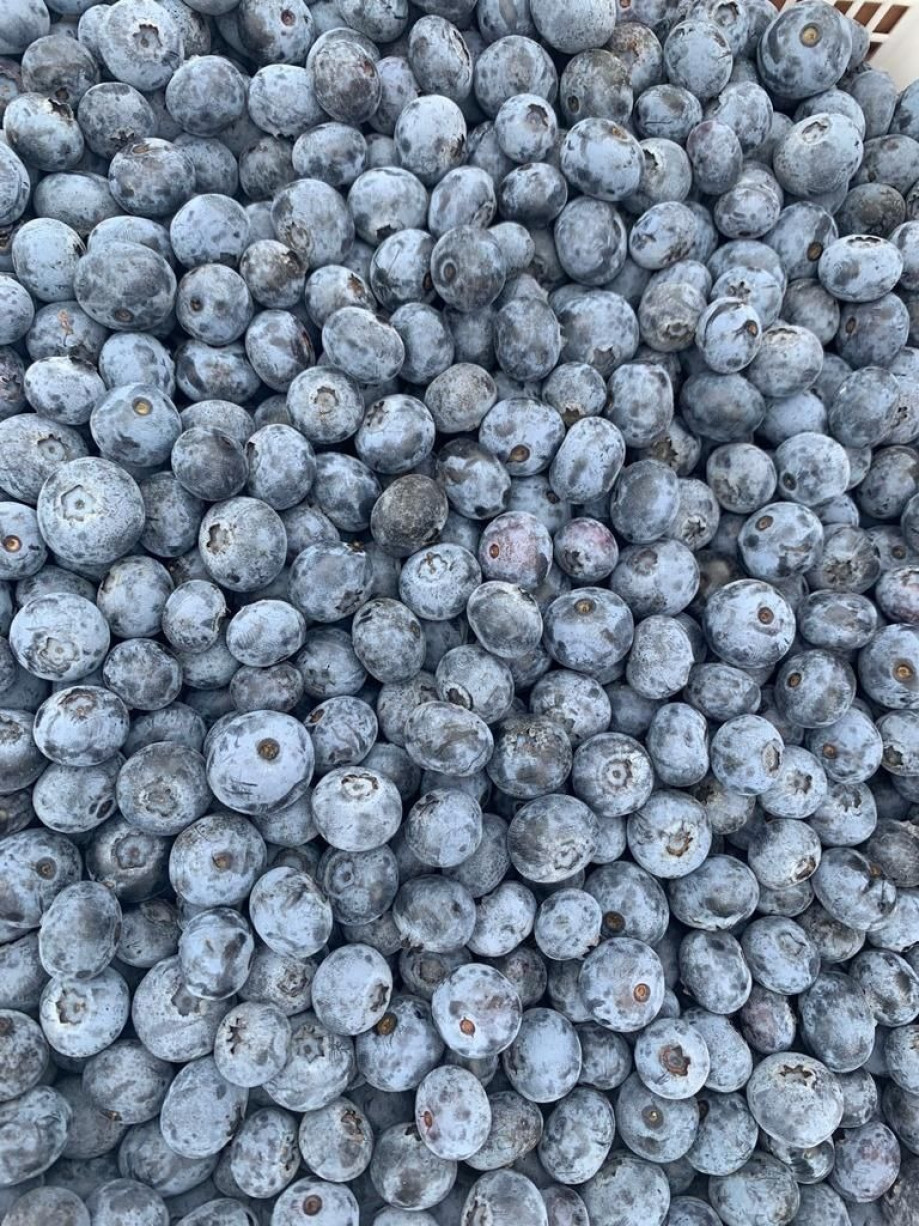In the case of blueberries, or berries in general, we tend to talk about plants with little foliage and very exposed fruit, which are therefore more susceptible to burns and sun damage.
Heat stress represents the series of irreversible damage to plant metabolism and development that can be caused by high temperatures. It is a complex phenomenon involving the duration of stress, the rate of temperature increase and the maximum temperature reached.
On the other hand, heat stress tolerance can be defined as the ability of a crop to grow and produce economically under high temperature conditions. Excessive solar radiation affects crops and, like people, causes burns and injuries of varying severity on leaves, fruits and stems.
Abrupt climate changes are becoming common in different regions of the world. At the last meeting in Guadalajara, blueberry growers from Mexico and Peru, together with those from Morocco, concluded that a common problem in their different realities was heat and water shortage, and this is probably a common factor in many other producing countries.
In the case of blueberries, or berries in general, these are plants with little foliage and very exposed fruit, and therefore susceptible to sunburn. Moreover, the treatment of sunburn on the fruit must be preventive, because if damage occurs, it is irreparable.
At the forthcoming blueberry industry meeting within the framework of the 28th International Blueberry Seminar to be held in the city of Agadir, Morocco, this issue will be dealt with extensively by one of the world's top specialists in most of the physiological factors of blueberries, Dr. Jorge Retamales.
Retamales will give the talk: 'Effects of radiation and excessive heat on blueberries: context and mitigation strategies', in which he will address the problem and the strategic options that can be developed to mitigate its impact.
We know that excessive heat damages plant and fruit development, because the more heat, the more evaporation and less water uptake occurs, resulting in a weaker plant with less dense foliage, which in turn exposes the fruit to more radiation.
These factors cause mutations and irreversible damage to crops. If UV radiation levels between 8 and 10 are reached, damage includes rupture of surface cells, dehydration and discolouration.Temperatures above 29°C also affect the colour of the fruit, resulting in a loss of commercial value due to deterioration of appearance.
Sun and heat stress certainly causes losses of millions of dollars to the world fruit industry, because in addition to the important physiological problems, excessive heat and radiation reduce the yield and commercial quality of the fruit.
Source: Blueberries Consulting








